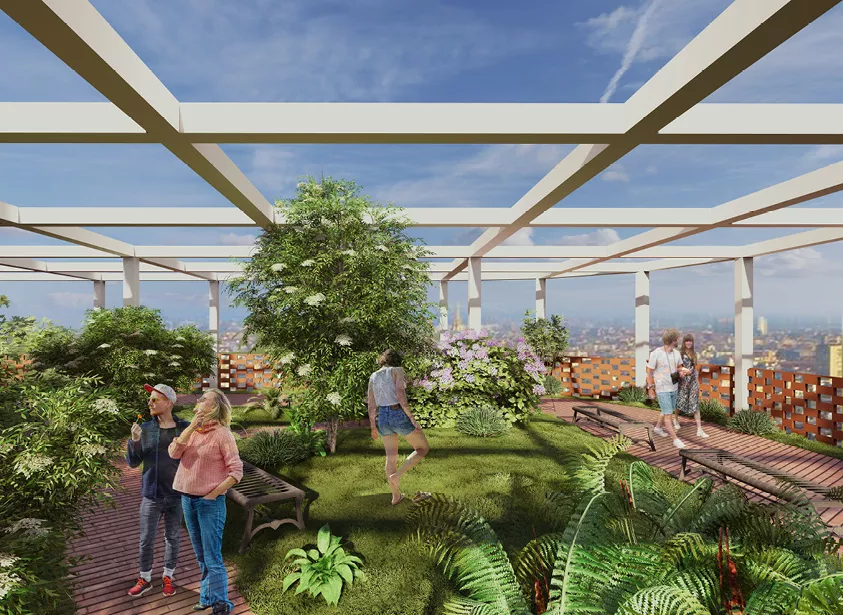Symbiosis Campus
Urban & Landscape Design Workshop
Students from the Master in Urban Vision & Architectural Design and Master in Interior & Living Design have been asked to explore a project on a complex system scale, and then challenged to solve it, through phygital visualization strategies, issues related to the scale of the landscape, and urban environment. Through a detailed analysis of the socio-economic components, morphological forms, and infrastructure of the selected area, students have defined a strategy for the regeneration, implementation, and functionalization of a piece of a city.
Urban & Landscape Design Workshop
Students from the Master in Urban Vision & Architectural Design and Master in Interior & Living Design have been asked to explore a project on a complex system scale, and then challenged to solve it, through phygital visualization strategies, issues related to the scale of the landscape, and urban environment. Through a detailed analysis of the socio-economic components, morphological forms, and infrastructure of the selected area, students have defined a strategy for the regeneration, implementation, and functionalization of a piece of a city.
Project Leader | Mentor
Azzurra Muzzonigro,
Tim Power
Project Authors
Fernando Carrera



In his project Symbiosis Campus, Fernando Carrera focuses on how underused railway yards can profit as an opportunity for redefining a possible coexistence between diverse species in the city. He started by analyzing that by 2050, two-thirds of the world’s population is expected to live in cities. This means that 7 billion people will inhabit super dense urban landscapes.
His project consists in burying the train tracks in a system of galleries and then gradually turning the railway yards into reserves for biodiversity with a programmatic diversity that responds to the demand of the city or the immediate context. This will generate a green highway allowing diverse animal species to wander freely towards the center of the city and between the different railway yards. The main value of this project is to envision a different type of city and urban planning away from the anthropocentric approach.






















